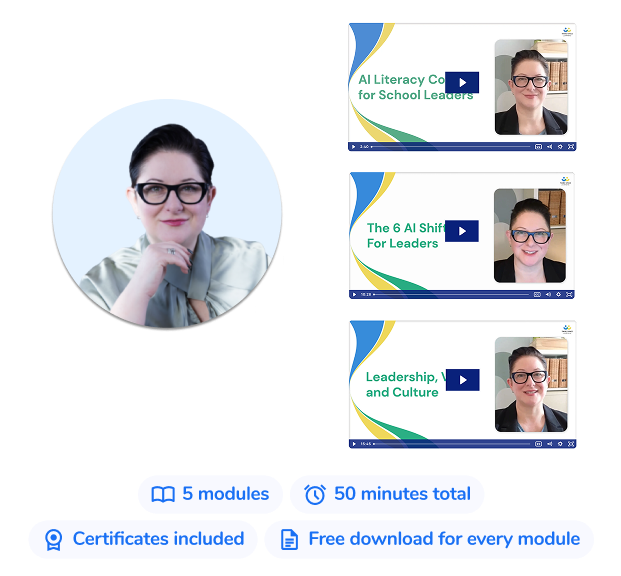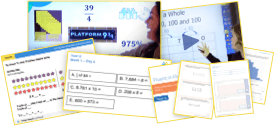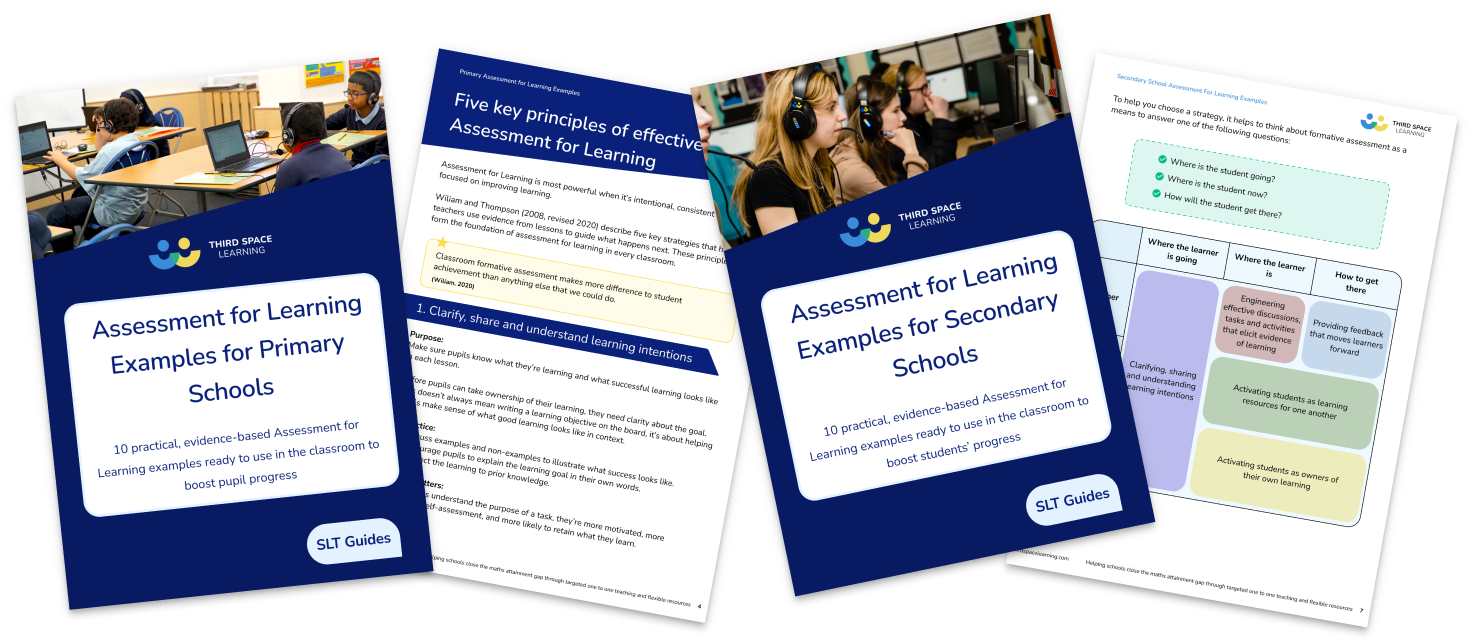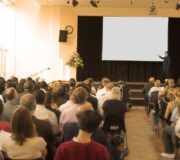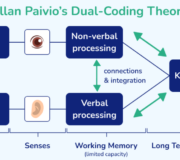What Is Assessment For Learning And Why Is It Still Important For Your Teaching?
Assessment for learning (AFL) is an essential tool for any teacher. It has been the focus of considerable research for many years, with widespread agreement that effective formative assessment is a key driver in improving learner outcomes and guiding instructional strategies.
This guide explores assessment for learning, looking at what AFL is, how it differs from other forms of assessment, where it originated and what the key principles and features are.
What is assessment for learning?
Assessment for learning is a type of assessment that occurs at every stage of the learning process. It helps provide effective feedback to improve students’ performance. Teachers use assessment information to adjust their teaching strategies, with the emphasis on student progress and student achievement.
Assessment for learning involves both formative and summative assessment:
- Formative assessment provides ongoing feedback during the learning process;
- Summative assessment evaluates student learning after instruction has occurred.
Assessment for learning differs from assessment of learning, or ‘summative assessment’, where teachers collect information about the students’ attainment. Often, this is through an exam or test, at the end of a learning period.
The main purpose of assessment for learning is to close the gap between where the learner is at that point in time and where they need to be.
READ MORE: Adaptive teaching
Assessment for Learning Examples
A quick guide to the 10 most effective Assessment for Learning strategies with examples in context to show how and where to use them. Includes advice on next steps for adapting your teaching.
Download Free Now!An example of AFL is the use of traffic light cards. Learners have a red, amber and green card, to represent their level of understanding. At any point in the lesson, they can show a card to demonstrate their level of understanding.
- Red = they don’t understand;
- Amber = partial understanding;
- Green = strong understanding.
This strategy becomes formative when educators use adaptive teaching in response to student feedback.
Although this strategy gives a subjective measure of confidence (we often worry that our students can’t self-assess accurately), it ‘s a powerful accompaniment to other formative assessment strategies.
For example, the teacher could use this strategy in conjunction with mini whiteboards. A pupil might have incorrectly answered a question on the mini whiteboard but display a sign that they’re confident in their answer. This could indicate that the pupil has not understood the concept even if they think they have and need some support.
Assessment for learning vs assessment of learning
Assessment for learning is continual formative assessment throughout a lesson, whereas assessment of learning is formal summative assessment which takes place at the end of a lesson or unit of learning.
The goal of assessment for learning is to monitor student’s learning and provide ongoing feedback to help the teacher adapt their teaching practice and help students improve their learning.
Assessment for learning interacts with various teaching and learning activities to enhance student learning.
AfL can be seen as a three part continuous cycle. Teachers should ask themselves these three questions:
- What does the student know?
- How do I know that they know it?
- What can I do next to provide support?
In contrast, the goal of assessment of learning is to evaluate what the student has learned at the end of a block of work, against a standard benchmark.
However, schools can use assessment resources formatively and summatively. Teachers can use resources such as exit tickets for insights into students’ knowledge which helps inform their teaching for the next lesson. Alternatively, teachers can use exit tickets as mini-plenaries throughout the lesson to assess learning and adapt teaching accordingly.
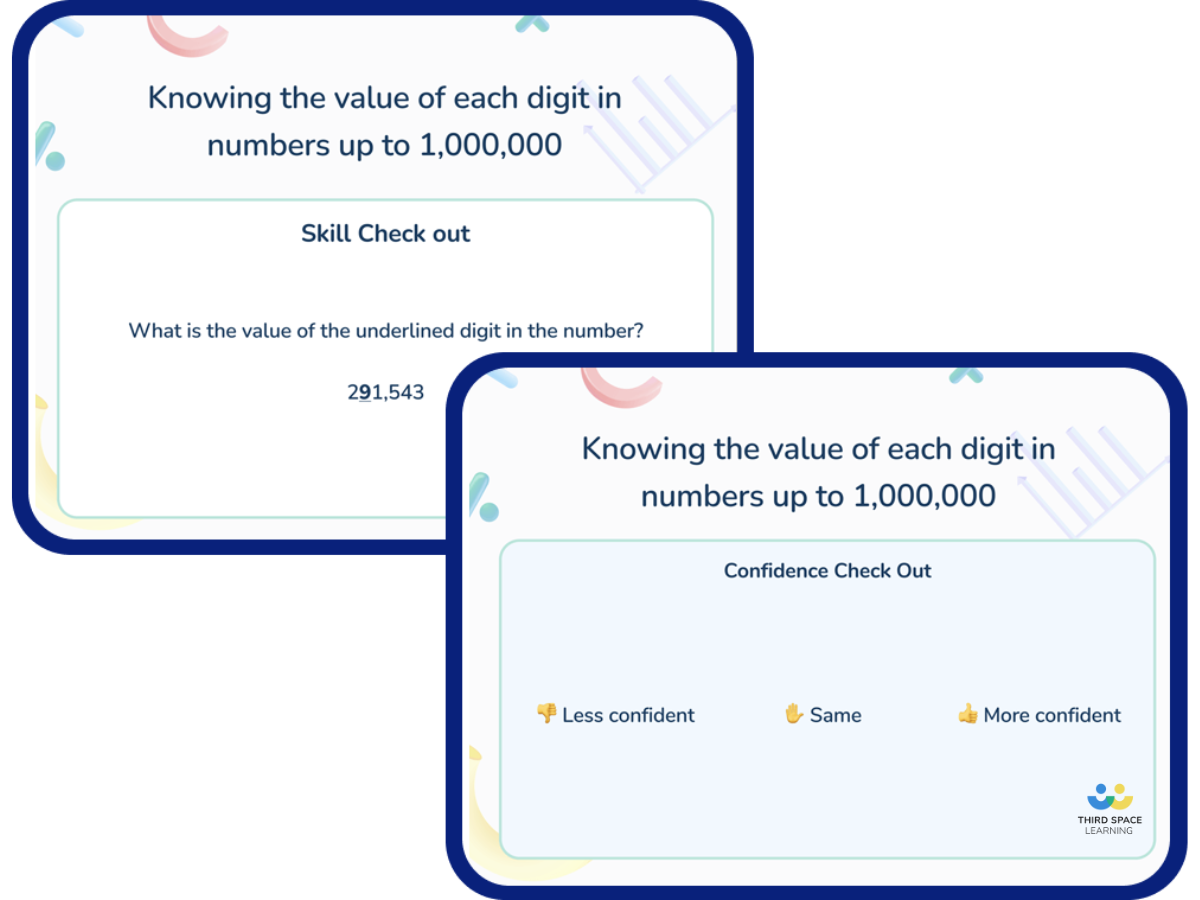
When did assessment for learning originate?
In 1989, a group of educational assessment researchers formed the Assessment Reform Group. One member, Caroline Gipps, first introduced the term ‘Assessment for Learning’ in 1994. A clear link was made between assessment of learning (summative assessment) and assessment for learning (formative assessment). The concepts of fomative and summative assessment have been around much longer, having been first introduced by Michael Scriven in 1967.
Following this, UK professors, Paul Black and Dylan Wiliam carried out a review of assessment practices across all sectors of education. In their 1998 publication, Inside The Black Box: Raising Standards Through Classroom Assessment, Black and Wiliam likened the classroom to a black box: an object which can be viewed in terms of its inputs and outputs, without any knowledge of its internal workings.
Black and Wiliam investigated teaching and learning in classrooms and discovered that students who learn in a formative way achieve much better results than students who do not.
More recent research continues to focus on the importance of assessment and different types of feedback. In his book, Visible Learning for Teachers (2011), John Hattie looked at the attributes of schooling that truly make a difference for student learning. He ranked feedback strategies 10th out of 150 factors that significantly improve learning outcomes, particularly if the strategies involved feedback about the learner’s work.
Pupils begin each Third Space Learning maths lesson with an assessment question (Skill Check In) to diagnose their understanding of the concept they will be working on that day with their tutor.
If the pupil struggles and shows they’re not yet secure, Skye, our voice-based AI expert maths tutor, uses scaffolded slides to teach the concept step-by-step: modelling a similar example, guiding them through questions, and then moving on to independent practice and challenge.
If the pupil is ready and answers the skill check in correctly, Skye moves straight to application and challenge.
Formative assessment takes place throughout the lesson, enabling Skye to spot misconceptions and adapt hints in real time.
Each lesson concludes with the “Skill Check Out” — to review understanding and track progress over time.
Teachers can view these results at any point on our online platform.
Importance of assessment for learning
AfL helps teachers adapt their teaching strategies. It also supports students’ development of metacognitive strategies and helps them take a more active role in their learning.
Research from the EEF shows that learners who see well-structured and modelled self-assessments are better able to identify what they have done wrong.
This enables them to review, edit and improve their work which in turn boosts the learner’s confidence and achievement.
READ MORE: What is metacognition
Assessment for learning, responsive teaching and formative assessment
The terms ‘assessment for learning’, ‘formative assessment’ and ‘responsive teaching’ are often used synonymously. Some writers, including Dylan Wilian, see a distinction between AFL and formative assessment, but others do not. Some researchers argue that responsive teaching incorporates research findings from cognitive science.
However, one commonality is that they all refer to the wide variety of methods teachers use to assess:
- Students’ understanding;
- Identification of students who are struggling;
- Adjustments a teacher makes in response.
Here are the 10 key principles of effective assessment for learning. Many principles are shared with responsive teaching and formative assessment.
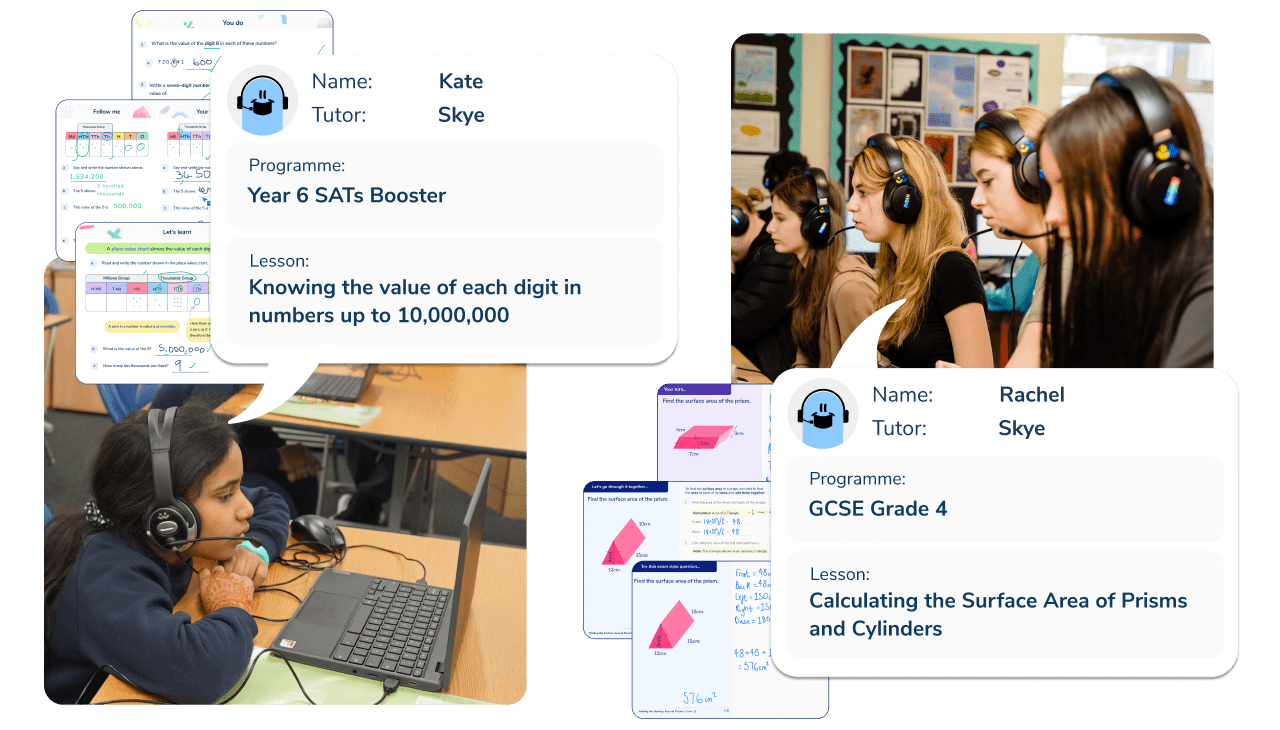
Meet Skye, the voice-based AI tutor making maths success possible for every student.
Built by teachers and maths experts, Skye uses the same pedagogy, curriculum and lesson structure as our traditional tutoring.
But, with more flexibility and a lower cost, schools can scale online maths tutoring to support every student who needs it.
Watch Skye in action10 key principles of assessment for learning
The Assessment Reform Group (2002) identified 10 principles of assessment for learning:
1. Effective planning
A teacher’s planning should provide opportunities for both the learner and teacher to obtain and use information about progress towards learning goals. Planning should include assessment for learning strategies to ensure that learners understand the goals and the criteria being used to assess their work.
2. Central to classroom practice
A lot of what teachers and learners do in classrooms is assessment. Learners demonstrate their knowledge, understanding and skills and teachers observe and make judgements concerning:
- The direction of learning;
- How it can be adjusted to meet the needs of the learners.
3. Clear goals and criteria
Learners need to understand what they are trying to achieve for learning to be effective. When learners understand the learning objective and criteria for assessing progress, they are more likely to have greater understanding and engagement with learning.
4. Sensitive and constructive feedback
Teachers should have an awareness of the impact that comments and grades can have on learners’ confidence and enthusiasm. Feedback should be constructive and focus on the work, rather than the person.
In primary school, teachers may provide two stars (things the learner did well) and one wish (what the learner could improve) about a learner’s work.
In upper Key Stage 2 and secondary school, teachers could use a feedback sandwich for each learner. One thing they did well followed by an area to improve and then one more compliment about their work.
5. Promotes motivation
Students are motivated through the emphasis of achievement rather than failure. Comparison with others who have been more successful is unlikely to motivate learners and can lead to them withdrawing from the learning process.
6. Recognises all educational achievements
AFL should enhance opportunities to learn in all areas of educational activity, enabling all learners to achieve their best and be recognised for their efforts.
Often, there’s a heavy focus on core subjects such as maths and English than on foundation subjects. However, some students thrive in foundation subjects and educational achievements in these subject should be equally celebrated.
7. Metacognition
Teachers and students must consider the learning process. Learners should be aware of ‘how’ they learn in addition to ‘what’ they learn.
When students understand how they learn, they can adapt their independent learning to suit them best. Teachers can further adapt instruction to suit the learning strategies students respond to best.
8. Helps learners understand how they can improve
Students need information and guidance to plan the next steps in their learning. Teachers should focus on learners’ strengths and misconceptions and provide constructive feedback on areas to improve and how to do this.
9. Develops peer and self-assessment.
With support, children can engage in self-reflection and identify the next steps in their own learning and that of their peers. Teachers must provide this support to pupils through developing their skills of self-assessment.
10. Assessment for learning is a key professional skill.
Teachers must have the professional knowledge and skills to:
- Plan for assessment;
- Observe learning;
- Analyse and interpret evidence of learning;
- Give feedback to learners;
- Support learners in self-assessment.
Teachers may need initial support and continuing professional development from the senior leadership team for this.
Implementing assessment for learning: classroom practice
Implementing Assessment for Learning (AfL) in the classroom requires a deliberate and systematic approach. Teachers must adapt their teaching practice to incorporate formative assessment strategies that promote student learning and engagement. Here are some key considerations for implementing AfL in the classroom:
1. Clearly define learning objectives and success criteria
Outline the intended learning outcomes and the success criteria at the start of each lesson. This helps students understand what they are aiming to achieve and how their progress will be measured.
2. Use a variety of formative assessment strategies
Incorporate different formative assessment strategies such as:
- effective questioning;
- peer assessment;
- self-assessment.
These methods provide valuable insights into student learning and help identify areas that need further attention.
3. Provide regular and constructive feedback
Feedback is a crucial component of AfL. Ensure that feedback is timely, specific, and focused on guiding students towards improvement. Constructive feedback helps students understand their strengths and areas for development.
4. Encourage student ownership of learning
Create a classroom environment where students take an active role in their learning. Encourage them to set personal learning goals and reflect on their progress regularly. This not only boosts their motivation but also helps them develop metacognitive skills.
5. Leverage technology for immediate feedback
Use technology tools to facilitate formative assessment and provide instant feedback. Digital platforms can offer interactive quizzes, polls, and other activities that help gauge student understanding in real-time.
6. Effective questioning
Questioning helps teachers identify and correct any misconceptions the students may have. Effective questioning often involves open questions and hinge questions, which encourage students’ thinking skills. Closed questions only ask learners to recall.
Here are some open question sentence stem examples:
- Can you explain…..?
- Why is X important?
- What if…..?
- How would you…..?
Skye, Third Space’s voice-based AI one-to-one tutor, has been built by the same former maths teachers and technologists who’ve built successful Third Space Learning tutoring programmes since 2013.
During the online one-to-one maths tutoring sessions, Skye uses tutoring strategies like motivation, scaffolding, and verbal reasoning to support pupils through the lesson. Lessons follow the CPA (Concrete–Pictorial–Abstract) approach, introducing concepts step-by-step and addressing misconceptions, while Skye prompts pupils to explain their reasoning.
In all of Third Space Learning’s ready-to-go lessons, support slides help teachers with their questioning by providing key questions that teachers can use to assess the understanding of the class.
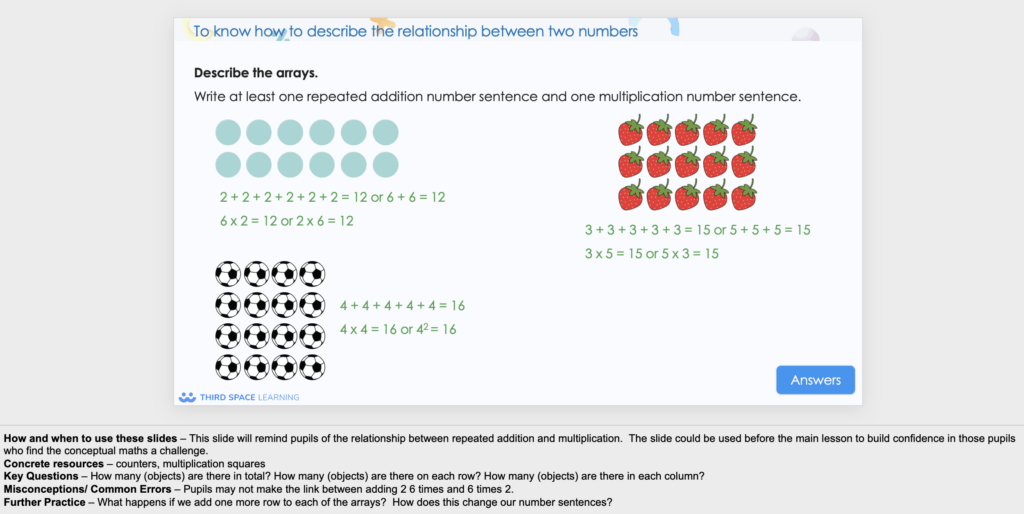
By implementing AfL in the classroom, teachers can create a learning environment that is supportive, inclusive and focused on student learning. This approach enhances student engagement and drives continuous improvement in teaching practice.
READ MORE: Assessment for learning examples
Next steps for implementation
Once teachers have a good understanding of Assessment for learning (AfL) and its benefits, they can begin to implement it in their classroom practice. Here are some next steps for implementation:
1. Develop a clear plan
Your plan to implement AFL should include specific goals and objectives that align with the intended learning outcomes. Have a structured approach ensures that all aspects of AfL are systematically addressed.
2. Identify formative assessment strategies
Determine which formative assessment strategies to use. For example, questioning, peer assessment, and self-assessment. These strategies should be varied and tailored to meet the needs of different learners.
3. Establish a feedback system
Develop a system for providing regular and constructive feedback to students. This system should ensure timely, specific and actionable feedback helping students understand how to improve their learning.
4. Encourage student involvement
Promote student ownership of their learning by encouraging them to set personal learning goals and reflect on their progress. This involvement helps students become more engaged and motivated in their learning journey.
5. Monitor and evaluate effectiveness
Continuously monitor and evaluate the effectiveness of AfL in the classroom. Use data and feedback to make necessary adjustments and improvements. This ongoing evaluation ensures that AfL remains responsive to the needs of students and enhances their learning experience.
By following these next steps, teachers can ensure that AfL is implemented effectively in their classroom and that students benefit from this approach to teaching and learning.
Final word on assessment for learning
Regardless of the term used, whether it’s assessment for learning, formative assessment or responsive teaching, research shows that clear targeted use of assessment and assessment strategies is a key component in ensuring success for all learners in the classroom.
When you plan your next teaching sequence, assess individual student needs and work out what support they need next to guarantee assessment for learning.
DO YOU HAVE STUDENTS WHO NEED MORE SUPPORT IN MATHS?
Skye – our AI maths tutor built by teachers – gives students personalised one-to-one lessons that address learning gaps and build confidence.
Since 2013 we’ve taught over 2 million hours of maths lessons to more than 170,000 students to help them become fluent, able mathematicians.
Explore our AI maths tutoring or find out about maths intervention programmes for your school.
